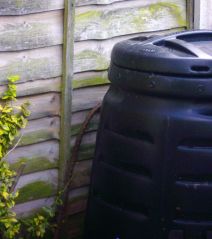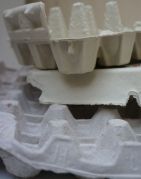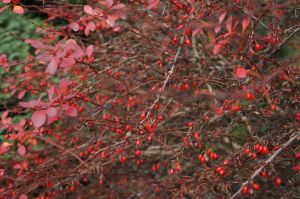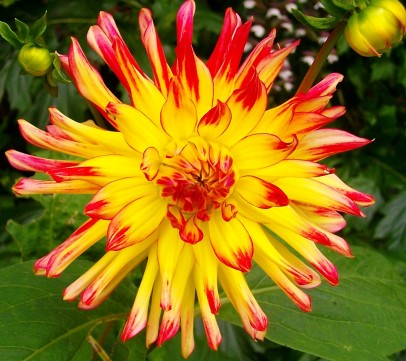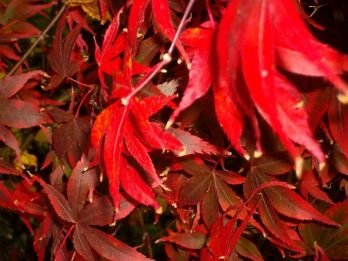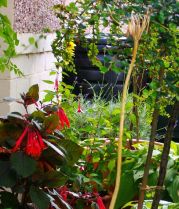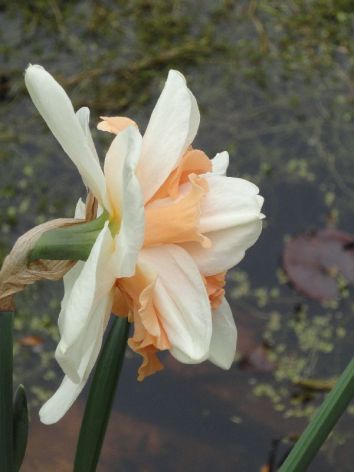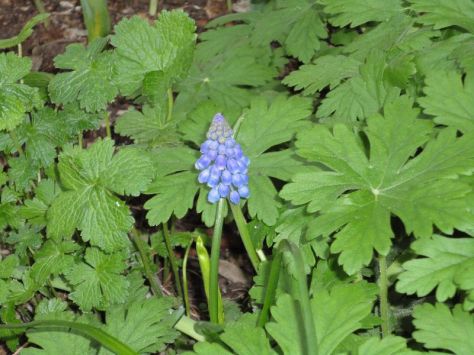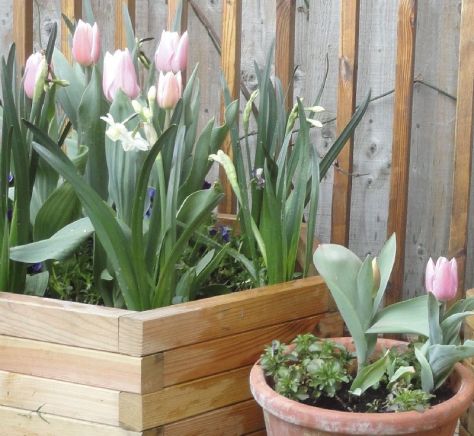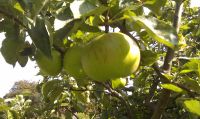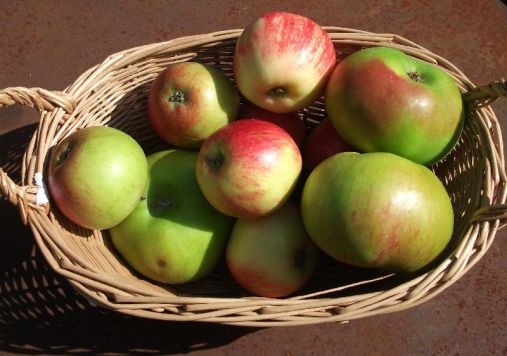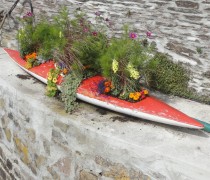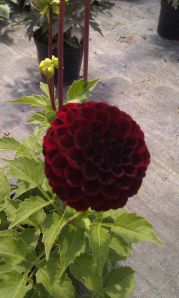Why not make a New Year’s resolution for your garden that’s easy to keep, good for your purse and good for the planet?
Recycling, although a better phrase for it may be ‘re-using’, is easy to accomplish with minimum effort, certainly once you’re in the habit. So if you were to start today, it would be a habit by the end of the month, and so virtually second nature. Smug expressions all round?
To begin then; lets outline a few different types of recycling. Composting is the most obvious method of re-using ‘waste’ and turning it into something useful. Rather than repeat myself, our blog with more details on compost can be found here and in the archives, and there’s more in our eBook “In Your Winter Garden” too. Briefly then, compost is where waste food, dead flowers, prunings, lawn clippings and so on, are turned by worms into a rich substance that improves and enriches your soil and enables you to grow food crops for your table and flowers for adornment.
All you basically have to do is layer green, nitrogen rich items (grass, vegetable peelings) with brown, carbon rich ones (paper, dead twigs) in a compost bin (bought or made); add worms and wait. However if you don’t have the room for a compost bin, many local councils now both offer food and garden waste collections, so you can still develop the good habit.
Cardboard egg boxes can be added to your compost or paper recycling, but why not use them as containers for chitting your seed potatoes first? Placing the potatoes, bud uppermost, in the egg compartments keeps the delicate newly formed buds on the potato safe. Chitting, by the way, is where you start off your early potato crop before planting them in the ground by encouraging little shoots and roots to form from the buds or ‘eyes’ on the potato tuber first.
Another use for egg boxes is as mini plant pots, once the seedlings get going, the seedling and ‘pot’ can be transplanted together into a bigger pot or seed bed. Watering the seeds and seedlings will of course cause your egg boxes to get soggy and potentially fall apart, even if you use the lid as a base. The answer? Put the egg box into an empty plastic meat or mushroom container – the perfect drip tray and another method of re-using items! Naturally these plastic trays can be used as drip trays for pots and plastic seed trays too. They’re also useful when you go away on holiday (ski-ing anyone?) as they can act as water reservoirs for house plants and in the greenhouse.
Ok, you’re sitting there, reading this and thinking “that’s all very well, but what do I do with that teetering pile of plastic plant pots?” One solution coming up: sort through them, putting split, or really dirty ones to one side in a recycling box as they are recyclable, either collected from your house or taken to your local depot. Then go through what’s left, being ruthless about how many you really need. Those you don’t need put in a bin liner, then go onto a recycling site such as Freecycle and offer them to others who may need them; or offer them to a local charity, school or church that does plant sales. If nobody wants them then recycle with the broken pots: sorted.
These are only a couple of ideas – we have plenty more! But ‘little by little’ or ‘every little positive action helps’ are not bad principles. So if you’d like us to share some more of our re-using tips – just ask/ comment below – we’ll be happy to oblige.
Continue to email us with your queries at info@plewsgardendesign.co.uk and we will continue tohelp resolve your gardening issues, on and off site in 2013.

